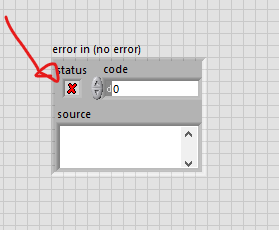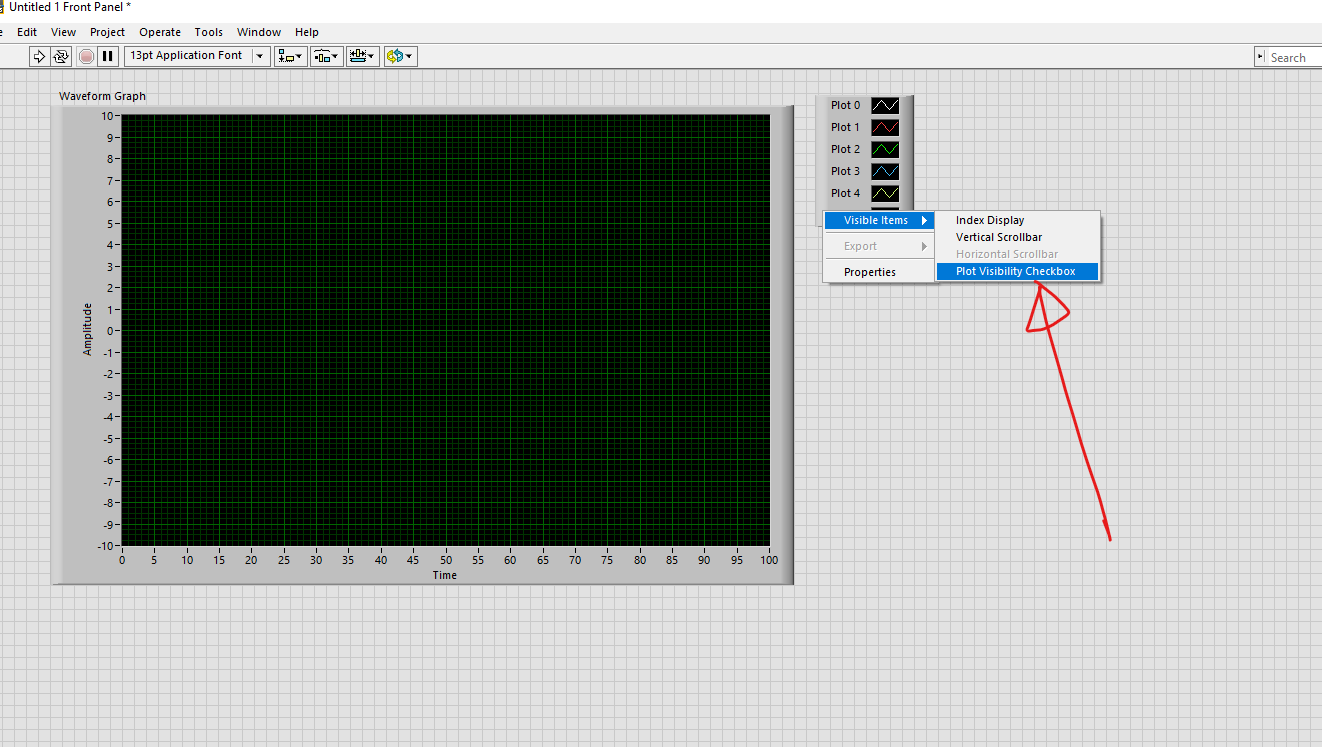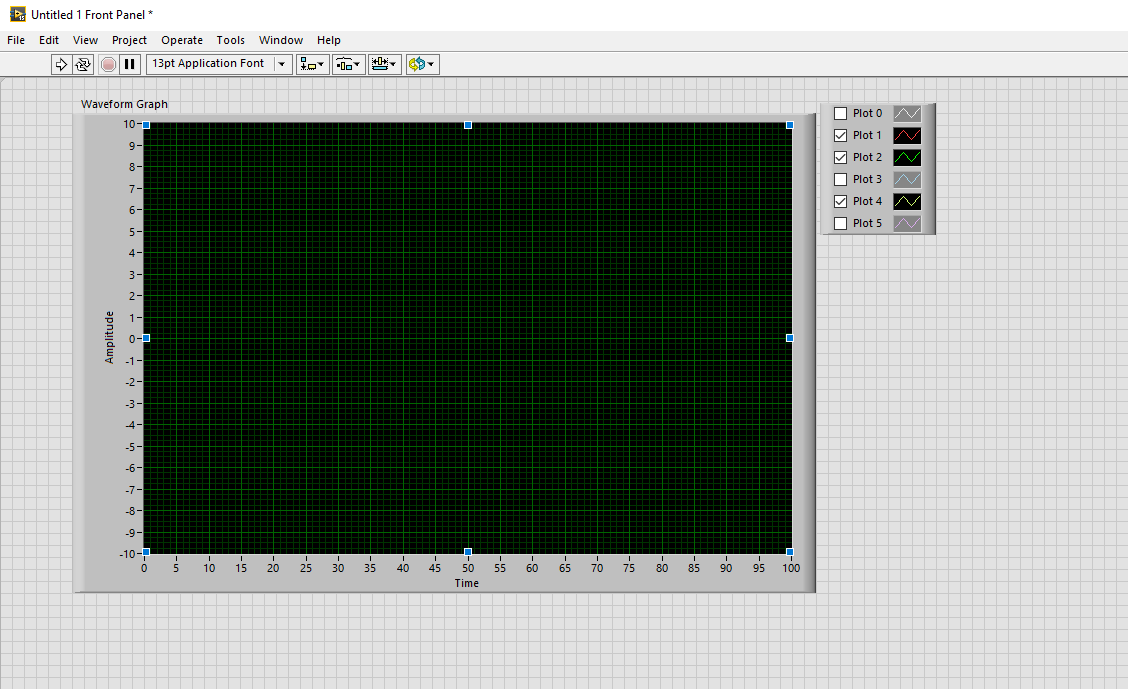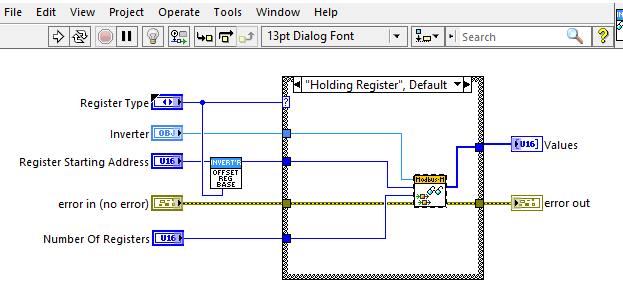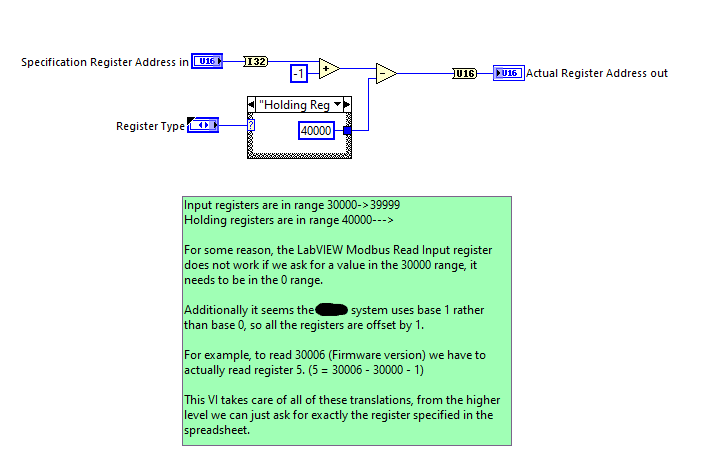-
Posts
1,198 -
Joined
-
Last visited
-
Days Won
112
Content Type
Profiles
Forums
Downloads
Gallery
Everything posted by Neil Pate
-
Having the Status visuals as a tick or a cross but represented by a boolean. After 17 years of LabVIEW development I still make mistakes when using the error Status boolean and forget that a True means "Error Present".
-
So again I am definitely not an expert but my understanding is that a virtual environment is like a small sandboxed instance where you can install packages and generally work without affecting all other python code on the system. I guess it's like nuget. If you don't use a virtual environment when you install packages it affects the global python installation on your machine. Seems like pretty sensible stuff (and hopefully what Project Dragon will do for LabVIEW). However I have not been able to get the native python node to work with a virtual environment.
-
Nice question James! I have tried to go down this route myself and had a very similar journey. In the end I have decided to stick with VS Code for Python dev work as it seems to be gaining so much traction and is improving at a great rate. None of the python connectors I tried worked very well. I would prefer to use the native one but it does not seem to support virtual environments which is what seems to be the preferred way of doing things in Python. In the end I rolled a simple TCP/IP client/server solution and was planning on using that to get data to/from Python. But. I have no real experience with this so am going to shut up now for the rest of this thread and read every one else's answers with interest.
-

LabVIEW programmers competition 2021 + points for CLD-R/CLA-R
Neil Pate replied to Artem.Sh's topic in LAVA Lounge
This sounds nice, thank you for organising it! I think the points reward for participating needs to be higher though as currently you can get 5 points for attending a user group. I would expect to actually get a working solution would be quite a bit of time. -
I have never really trusted breakpoints on wires like this, especially going to indicators. I prefer structures/primitives/VIs. I suspect if the breakpoint was on the outside of the top while loop it would break correctly. Still seems like a bug though.
-
I had no idea there were so many out there! http://blog.interfacevision.com/design/design-visual-progarmming-languages-snapshots/
- 1 reply
-
- 1
-

-
Check this out https://fabiensanglard.net/gebb/index.html I just wish I had time (and the brainpower!) to do a deep dive.
- 1 reply
-
- 1
-

-
I too have a sprinkling of Win32 calls I have wrapped up over the space of many years. Most are pretty simple helper stuff like bringing a window to the front or printing or getting/setting current directory etc. No rocket science here.
-
Obviously I don't know what I am talking about, but could this in the future be used to simplify configuring Win32 API DLL calls in LabVIEW? https://blogs.windows.com/windowsdeveloper/2021/01/21/making-win32-apis-more-accessible-to-more-languages/
-

Log File Structure
Neil Pate replied to rharmon@sandia.gov's topic in Application Design & Architecture
I totally get you wanting to display newer entries first, but surely this is just a presentation issue and should not be solved at the file level? I really think you are going against the stream here by wanting newer entries first in the actual file on disk. It is almost free to append a bit of text to the end of a file, but constantly rewriting it to prepend seems like a lot of trouble to go to. Rotating the log file is a good idea regardless though. Notepad++ has a "watch" feature that autoreloads the file that is open. It is not without its warts though as I think the Notepad++ window needs focus. -

Git delete branch after merging Pull Request
Neil Pate replied to Neil Pate's topic in Source Code Control
Tangentially, I use Plastic SCM at work (Unity/C# dev), it really hits the sweet spot of easy to use but powerful DVCS. I believe it is modelled on Git but designed to trivially handle many branches. -

Git delete branch after merging Pull Request
Neil Pate replied to Neil Pate's topic in Source Code Control
OK, so deleting the branch on the remote only deletes it from being used in future, it still exists in the past and can be visualised? Sorry I misunderstood and thought that git did magic to actually remove the branch in the past (which would be a bad thing). I know about rebase but have never thought to use it. -

Git delete branch after merging Pull Request
Neil Pate replied to Neil Pate's topic in Source Code Control
I still don't really get this. I want to see the branches when I look in the past. If the branch on the remote is deleted then I lose a bit of the story of how the code got to that state don't I? -
It's been a while but when using the NI Modbus library I found there was some weirdness regarding what the base of the system is. This might just be my misunderstanding of Modbus but for example to read a holding register that was at address 40001 I would actually need to use the Read Holding Register VI with an address of 1 (or 0). This snippet works fine for reading multiple registers, but see the VI I had to write on the left to do the register address translation.
-
So I am pretty new to GitHub and pull requests (I still am not sure I 100% understand the concept of local and remotes having totally different branches either!) But what is this all about? I have done a bit of digging and it seems the current best practice is indeed to delete the branch when it is no longer needed. This is also a totally strange concept to me. I presume the branch they are talking about here is the remote branch? Confused...
-
NI: "Engineer Ambitiously" "Change some fonts and colours, that will shut up the filthy unwashed masses who are not Fortune 500 companies"
-
So I am not a Modbus expert, but have definitely written information to a PLC in the past. As far as I know you cannot write to input registers, I presume you can write to output registers (are they called coils?). I don't have the toolkits installed on my PC right now so I cannot check. This code below works fine for setting Holding Registers. Have you tried writing to the Holding Registers? I
-
I do agree with you, but must confess that at least once in my dark past I have coloured a block diagram. It was a VI I hated and wanted to get rid of so I coloured the background an awful red colour to remind me every time I opened it.
-
I cannot recall doing this with a LOGO! but have done it quite a bit with plain old S7s. The Modbus module (now open source) works just fine. What difficulties are you having?


